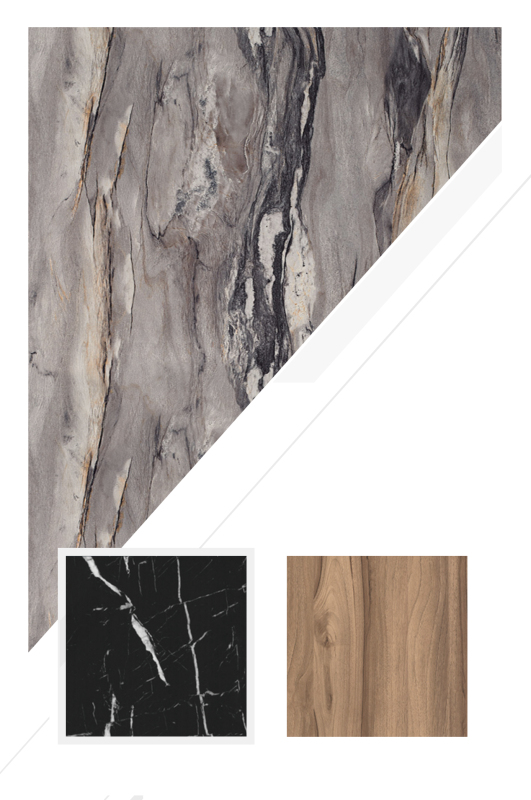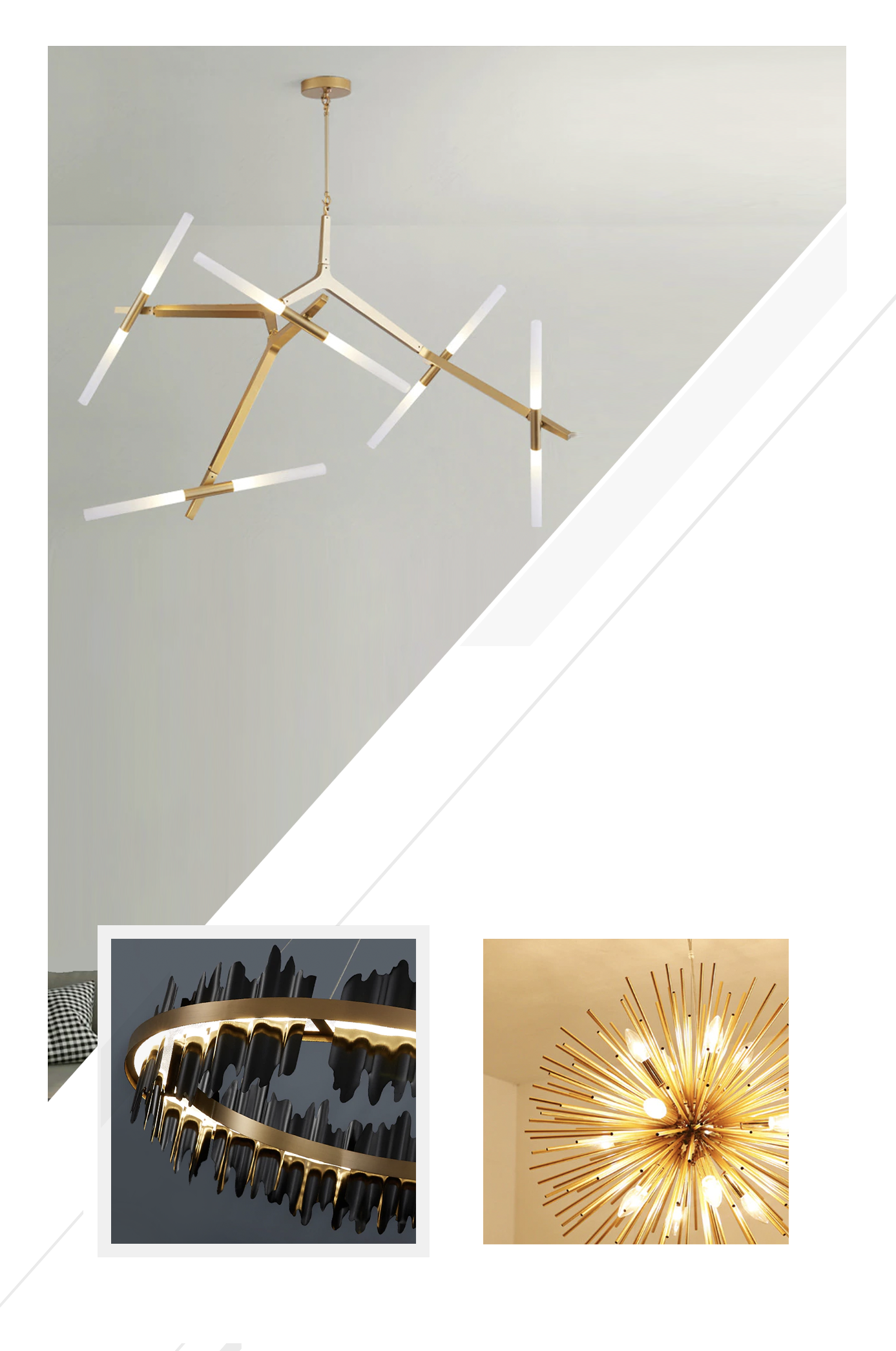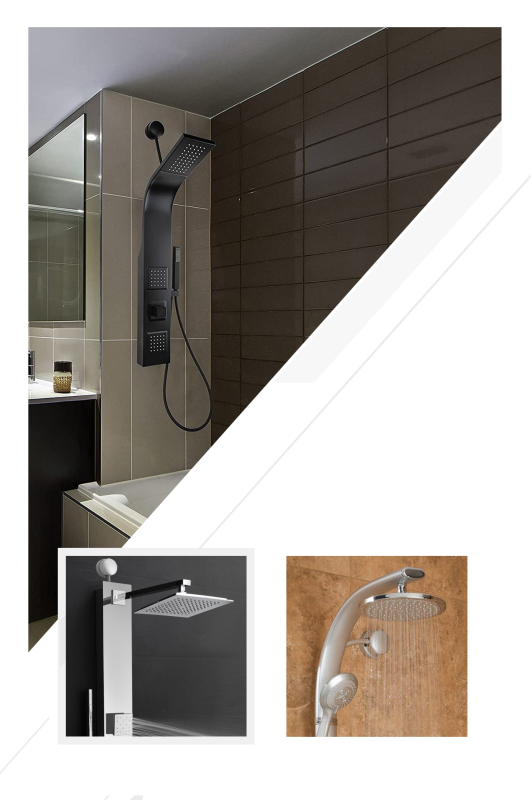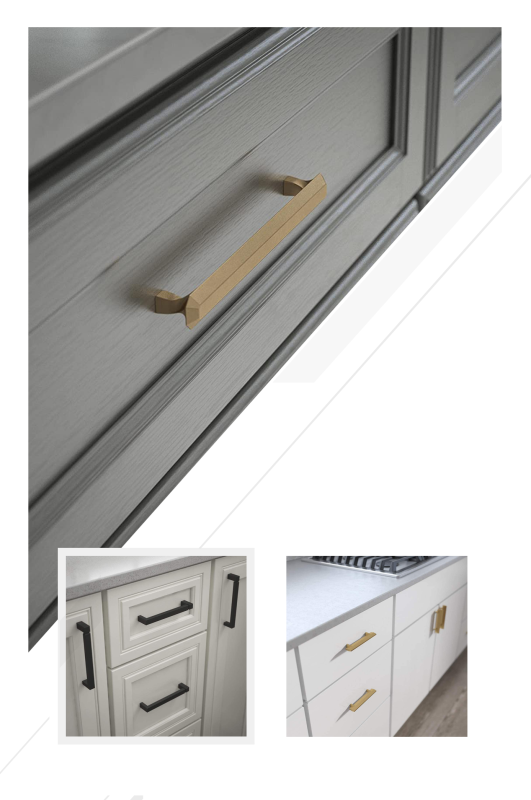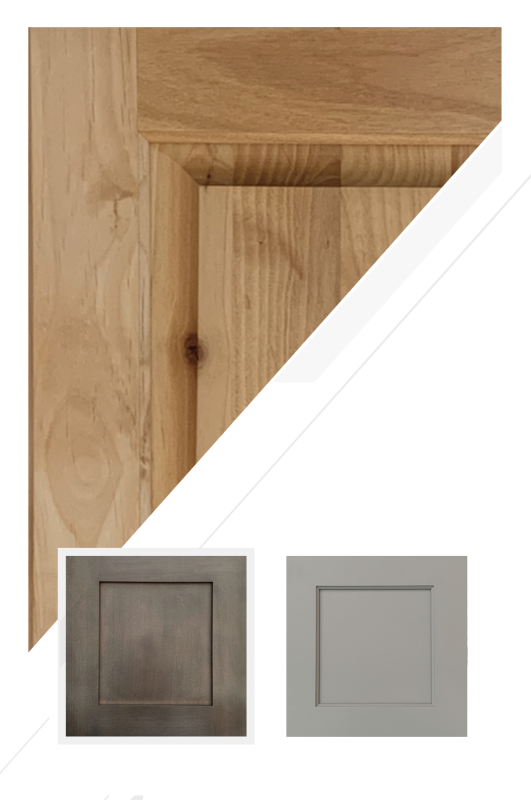Defensible Space by Design: Landscaping and Outdoor Rooms for California Fire Zones
By Joy Line Homes California
A beautiful landscape can also be a safe landscape. In the wake of recent fires, families across Los Angeles, Ventura, Santa Rosa, Napa, and Paradise want outdoor spaces that invite life back in while protecting the home during red flag weather. Joy Line Homes treats defensible space as a design language. Hardscape, plants, fences, and outdoor rooms are planned with the same care as windows and roofs. The result is a property that looks refined, functions well, and reduces the pathways that embers use to reach the structure.
Defensible space is not a single strip of gravel. It is a composition that changes with distance from the wall. Our teams coordinate landscape plans with WUI assemblies, drainage, and access so everything reads as one calm idea. This article breaks the yard into zones, then shows how to blend safety with modern California living.
Zone Zero: The First Five Feet
Zone Zero is the protection line. The first five feet from the building envelope should be non combustible. Joy Line designs continuous bands of concrete, stone, decomposed granite, or pavers directly at the foundation. These bands look like intentional modern edging and they stop embers from nesting where siding meets soil. Drip irrigation lines are capped in this zone. Mulch and wood chips are removed. Storage benches and planters are kept outside the band so nothing becomes fuel against the wall.
We integrate this band with architecture. Where sliders open to patios, the hardscape flows out as one plane with a gentle slope away from the threshold. Hose bibs and cleanouts sit within reach for seasonal maintenance. Downspout splash blocks are metal or stone. The goal is a crisp, clean edge that frames the home and denies embers a shelf.
Five to Thirty Feet: The Outdoor Living Zone
Beyond Zone Zero, outdoor rooms come to life. Joy Line shapes patios, shade structures, and low fuel planting beds that step away from the building. Furniture materials are chosen with care. Metal, stone, and dense hardwoods resist ignition better than softwoods or plastics. Rugs are fire resistant or removed during high risk days. Grills and fire features sit on their own pads with clearances, wind screens, and shutoffs that are easy to reach.
Planting design focuses on spacing and moisture. We use layered beds with pockets of low shrubs and groundcovers separated by gravel joints. Taller plants stand away from windows and under eaves. Trees are limbed up to create clearance. Drip irrigation is zoned so each plant receives what it needs without overspray on the wall. The composition reads lush, yet it stays tidy and easy to maintain.
Thirty to One Hundred Feet: The Managed Landscape
In larger lots, the outer zone slows fire and reduces intensity before it reaches the home. Fuel breaks are created with mown native grasses, orchards with clean understory, or meadows that are cut seasonally. Paths and dry creek beds act as both circulation and separation. Outbuildings use ignition resistant materials and do not create direct lines of fuel back to the residence. Fences end in a metal or masonry return near the house. Firewood is stored in dedicated racks outside the inner zones, never under decks or next to the wall.
Where slopes drop away, we combine terracing with gravel steps to interrupt long runs of vegetation. On hillside sites in Los Angeles and Ventura, this approach pairs with raised platforms and controlled drainage to keep soil stable and embers from racing upslope to the deck line.
Decks, Fences, and Shade Structures
Attached elements often decide outcomes during a wind event. Joy Line designs decks with ignition resistant surfaces, enclosed framing, and solid risers at steps. Skirts are closed with fiber cement or metal panels that include screened access doors. Under deck storage is eliminated in the inner zones. Pergolas and trellises are freestanding with a non combustible break between posts and the wall. Fence lines do not touch the house. A short run of steel or masonry completes the connection near the structure so a yard fence cannot carry flame directly to siding.
Shade structures do more than cool the interior. Deep porches, canopies, and arbors shape wind and reduce turbulence at eaves. We design them to work with glazing orientation and roof forms. The effect is a quiet outdoor room that feels intentional and also improves performance.
Plant Palettes That Respect Place
There is no perfect plant. There are smart combinations. We select species with high moisture content, low resin, and clean growth habits. In Santa Rosa neighborhoods, that might mean manzanita cultivars with compact forms set in gravel joints, paired with native salvias that are cut back before summer peaks. In Napa, olives and fruit trees stand in cleared understory with herb beds spaced by stone. In Ventura, coastal species that tolerate salt and wind sit in broad basins with drip emitters. In Paradise, resilient natives return with careful spacing and seasonal maintenance that keeps growth fresh, not woody.
We present maintenance notes with the palette. Homeowners receive a seasonal calendar for pruning, irrigation checks, and debris removal. The landscape is a living system. A plan that is easy to keep tidy is a plan that will protect the home when heat and wind rise together.
Water, Drainage, and Clean Lines
Water strategy shapes safety and beauty. Joy Line grades flat patios with subtle falls away from the house. Channel drains collect runoff at the edges and move water to dry wells or swales that double as landscape features. Downspouts are armored with metal leaders, then daylight at gravel trenches that do not stain concrete. In heavy soils, we use permeable pavers to manage surface water without flooding the foundation line.
Irrigation is efficient and targeted. Drip lines run under mulch outside Zone Zero. Sprays are avoided near walls. Controllers adjust for weather and shut off during red flag days. This approach prevents plant stress that can turn a bed into fuel, and it keeps the Zone Zero band crisp all year.
Lighting, Power, and Practical Touches
Outdoor lighting adds safety at night and calm during gatherings. Fixtures sit away from combustible surfaces and use sealed housings. Low voltage lines run in conduits to protect them from heat and damage. Outlets are placed where tools can reach edges and corners for quick cleanup. Hose bibs stand at visible points. Storage for brooms, rakes, and gloves sits near the patio. When small chores are easy, they happen on time. That habit keeps leaves, needles, and debris from accumulating in the places embers prefer.
Numbers and wayfinding help first responders. House numbers are reflective and visible from the street. Gates and entries are clear of vegetation. A calm, ordered exterior supports quick action when minutes matter most.
ADU Siting That Supports Safety
ADUs are a vital part of many rebuilds. Their placement can improve defensible space for the entire property. Joy Line studies wind, access, and utilities, then sets ADUs to create useful courtyards and breaks in fuel. Service yards that collect bins and storage are screened by non combustible walls. Walkways connect the ADU to the main home so family life flows easily. The plan feels natural, yet each line also serves the safety story that inspectors and insurers expect to see.
On compact infill lots in Santa Rosa, an ADU on a slab near the driveway keeps setbacks clear and provides a tidy hardscape edge along the side yard. In Napa and Paradise, an ADU can face a courtyard where deep porches cool interiors and shaded gravel beds replace combustible groundcover near doors.
Maintenance as a Lifestyle
Design reduces work, yet the calendar matters. Joy Line provides a simple checklist. Clean gutters before the first hot wind. Vacuum vent screens. Rake leaves from the Zone Zero band. Trim shrubs away from windows. Check irrigation for leaks and overspray. Sweep decks and inspect skirts. Test hose bibs and shutoffs. These tasks are quick when the property is designed for access. A Saturday morning can reset the entire exterior so the home is ready for the next week of heat and wind.
We also encourage neighborhood routines. Shared clean up days build rhythm and reduce fuels across property lines. When streets look orderly, everyone benefits. Fire safe design is strongest when the block participates together.
Regional Notes: Tailoring Defensible Space
Los Angeles: Hillside lots need terracing that doubles as fire breaks. Use steel or masonry retaining with gravel steps. Keep plant masses low on windward slopes. Shade the south and west with deep porches and freestanding pergolas that do not touch the wall.
Ventura: Salt air and canyon winds call for corrosion resistant fixtures and coated fasteners. Choose coastal tolerant plants in spaced clusters. Enclose deck undersides and use metal trims at fascia to close gaps where gusts swirl.
Santa Rosa: Infill parcels benefit from a clean gravel or paver ribbon along side yards. Porches face the street to support community while keeping combustibles off the wall. Slab on grade simplifies inspection and keeps growth away from sill lines.
Napa: Rural settings favor orchards with clean understory, stone paths, and deep eaves. Keep vines and trellises off the structure. Frame views with trees that are limbed up, then maintain clear spacing between crowns.
Paradise: Disturbed soils respond well to helical pile decks with enclosed skirts. Reestablish natives with careful spacing and seasonal cutting. Hold fences off the house with a short masonry return and a crisp patio that ties entries together.
Comfort, Beauty, and Peace of Mind
Defensible space can be elegant. A ribbon of stone can frame a bed of herbs. A shaded terrace can cool the living room and calm the wind near a slider. A fence return in metal can finish a composition while protecting the corner of the home. Joy Line Homes blends these moves so the yard feels like a sanctuary and also performs when the weather turns harsh.
Families deserve landscapes that support daily life. Children should play in courtyards that are safe and easy to see. Neighbors should gather under shade that cools the evening. Plants should sit where they look good and remain easy to maintain. When safety and design move together, the property becomes a place to live, not just a place to defend.
The Joy Line Perspective
Our mission is to deliver homes and grounds that help Californians thrive. Defensible space is a core part of that mission. We design Zone Zero bands that look tailored. We shape outdoor rooms that invite people outside. We select plants that fit the climate and the calendar. We plan decks, fences, and ADUs as parts of one story. Most of all, we give families a yard they can care for with confidence. A Joy Line landscape is calm on ordinary days and ready for the hard days, which is exactly what recovery across Los Angeles, Ventura, Santa Rosa, Napa, and Paradise requires.
About Joy Line Homes
Joy Line Homes designs modular residences and ADUs with WUI centered landscapes that blend safety and style. Our defensible space plans use premium materials, thoughtful planting, and precise details to protect families while creating outdoor rooms that feel effortless and refined.
Visit JoyLineHomes.com to request a site and landscape review for your rebuild.
We are based in Santa Cruz County ,
California
Tel: (831) 888-Home
Email: info@joylinehomes.com
Business Hours: 9am - 6pm

